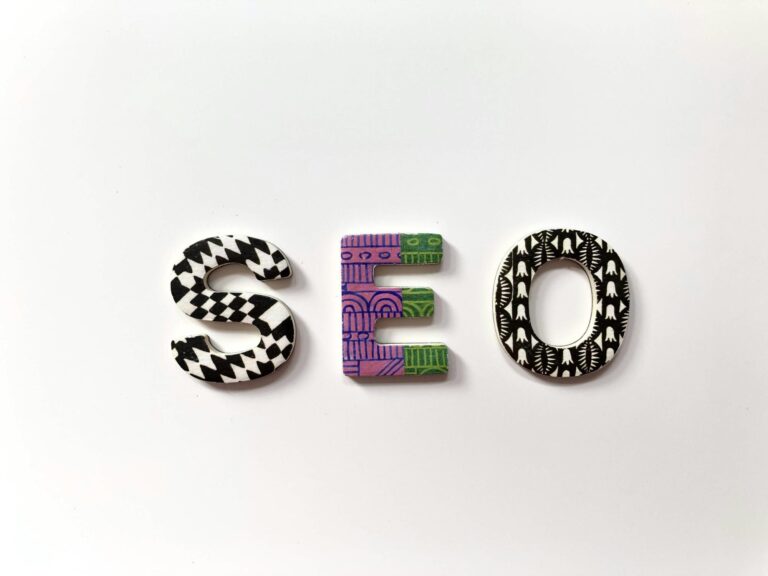Brand Discovery: Uncovering the Essence of Your Brand
In today’s competitive marketplace, brands have become more than just names or logos. They represent an identity, an experience, and a promise to customers. For businesses to thrive, it is crucial to ensure that your brand is both understood and appreciated by your target audience. This process of understanding and shaping what a brand stands for is known as Brand’s discovery.
Brand discovery is the journey of uncovering the essence, values, and unique positioning of a brand. It’s the step that helps businesses distinguish themselves from competitors while creating meaningful connections with their audiences. Without proper Brand’s discovery, a business may struggle to communicate its value and message effectively.
What is Brand Discovery?
Brand discovery is a strategic exercise that goes beyond just creating a logo or choosing brand colors. It’s about understanding the deeper aspects of your business and crafting a narrative that resonates with your customers. This process involves identifying your target audience, evaluating your competition, and defining your brand’s voice, mission, and values.
Essentially, Brand’s discovery is about asking and answering some critical questions:
- What does your business stand for?
- What problem does it solve for customers?
- How is it different from competitors?
Through thorough Brand’s discovery, businesses gain insights into their identity, which helps in guiding future marketing strategies and customer interactions.
The Importance of Brand Discovery
In an age where consumers are bombarded with choices, standing out requires more than just offering a good product or service. To establish long-term success, businesses need to ensure that they are memorable and that customers can easily relate to their values and promises.
The importance of Brand’s discovery includes the following:
Clarifying the Brand Identity
Brand discovery helps businesses clarify who they are, what they stand for, and how they should be perceived. Without a clear identity, businesses risk sending mixed messages that can confuse customers. By establishing a strong foundation of values and personality, businesses can ensure consistency in their messaging and build trust with their audience.
Connecting with the Target Audience
Knowing your audience is a key aspect of Brand’s discovery. It allows businesses to understand what their customers value, what challenges they face, and how to address their needs. This understanding helps in creating a brand voice that speaks directly to the customer, increasing engagement and loyalty.
Differentiating from Competitors
Every business faces competition, and brand discovery provides a way to set yourself apart. By evaluating the competitive landscape, businesses can identify gaps and opportunities to position themselves in a unique way. Whether through pricing, product features, customer service, or brand story, differentiation is key to remaining relevant in the market.
Creating Consistency Across Channels
Brand discovery provides the guidelines for maintaining consistency across all marketing channels. Whether it’s social media, websites, or physical stores, the brand voice and message should remain consistent. This consistency creates a sense of reliability and trustworthiness, which can be crucial in retaining customers.
Building Long-Term Relationships
Brand discovery is not just about the initial interaction with customers but about fostering long-term relationships. When businesses stay true to their values and promises, customers are more likely to return and become loyal advocates. Loyalty is a key driver of business growth, and it often starts with a well-defined brand identity.
The Brand Discovery Process: Steps to Success
The brand discovery process is a structured approach to uncovering the true identity of a brand. It involves multiple steps, each of which contributes to creating a holistic and authentic brand identity. Below is a breakdown of the essential stages of brand discovery.
Research and Understanding
The first step in the brand discovery process is research. Understanding the industry, the market, competitors, and customers is crucial. This stage involves gathering data on:
- Market trends
- Customer preferences
- Competitor strengths and weaknesses
- The business’s own position in the market
Research provides the foundation upon which a brand can build its strategy. By deeply understanding both internal and external factors, businesses can make informed decisions about their brand identity.
Define Core Values and Mission
Core values are the guiding principles that influence how a business operates and communicates. Defining these values is essential to brand discovery, as they represent the heart of the business. Alongside core values, businesses should also develop a mission statement that clearly articulates their purpose.
For example, a business might define its core values as innovation, sustainability, and customer-centricity. Its mission could be “to provide innovative and eco-friendly products that make customers’ lives easier.”
Identify the Target Audience
Once the business’s values and mission are clear, it’s important to define who the brand is speaking to. Understanding the target audience is crucial because it dictates how the brand communicates. To identify the target audience, businesses should consider:
- Demographics (age, gender, location, etc.)
- Psychographics (values, lifestyle, interests)
- Behavior (buying habits, preferred communication channels)
With a clear understanding of the target audience, brands can tailor their messaging to resonate with their customers’ needs and desires.
Develop a Unique Value Proposition (UVP)
The unique value proposition (UVP) is the core statement that defines what makes the business different from competitors. It’s a promise of value that the brand delivers to its customers. The UVP should be clear, concise, and directly address the benefits that the customer will receive.
For example, if a brand offers sustainable fashion, its UVP could be: “Eco-friendly clothing that combines style with sustainability.”
Establish Brand Personality and Voice
A brand’s personality is the set of human characteristics associated with it. This can be playful, serious, professional, or quirky, depending on what resonates with the target audience. The brand voice, on the other hand, refers to how the brand communicates with its audience.
For instance, a brand targeting millennials may have a fun, conversational tone, while a corporate brand may use a more formal, authoritative voice. The personality and voice should align with the business’s values and mission, creating a cohesive experience for customers.
Create Visual Elements (Logo, Colors, Typography)
While brand discovery goes beyond visuals, the importance of visual identity cannot be ignored. A brand’s logo, colors, and typography play a significant role in shaping how customers perceive the business. These visual elements should be designed to reflect the brand’s values, personality, and UVP.
For example, a luxury brand might use sleek, minimalist design with muted colors to convey sophistication, while a playful, family-oriented brand might opt for vibrant colors and bold fonts.
Develop a Brand Story
A brand story is the narrative that connects the business to its audience. It includes the journey of the business, the challenges faced, and the vision for the future. A compelling brand story evokes emotions, making customers feel a deeper connection to the brand.
For example, TOMS Shoes tells a brand story of giving back. With every purchase, they donate a pair of shoes to a person in need. This story resonates with customers who value social responsibility.
The Role of Brand Discovery in Marketing
Brand discovery isn’t just about creating a brand; it plays a vital role in marketing efforts. A well-defined brand provides a foundation for all marketing strategies, from content creation to advertising. Here are a few ways in which brand discovery impacts marketing:
Guiding Content Creation
With a clear brand identity, content creation becomes more focused and effective. Whether it’s blog posts, videos, or social media updates, the content should align with the brand’s voice, values, and mission. This consistency helps in building brand recognition and trust among the audience.
Driving Advertising Campaigns
Brand discovery informs the messaging used in advertising campaigns. When businesses understand their UVP and target audience, they can create ads that directly speak to their customers’ needs and pain points. This targeted approach increases the likelihood of conversions and customer loyalty.
Enhancing Customer Experience
A consistent brand identity enhances the overall customer experience. From the moment a customer interacts with the brand—whether online, in-store, or through customer service—they should experience the same values and personality. This uniformity builds trust and ensures that customers know what to expect from the brand.
Conclusion
Brand discovery is an essential process that lays the groundwork for a successful business. By understanding and defining the brand’s identity, values, target audience, and unique positioning, businesses can create a memorable and lasting impression in the marketplace. It’s a journey that requires introspection, research, and creativity but yields significant long-term rewards.
In an increasingly competitive world, brands that invest in discovery are better equipped to stand out, connect with their customers, and build meaningful relationships that drive growth.
FAQs
What is the difference between brand discovery and brand development?
Brand discovery is the process of uncovering the core identity of a brand, including its values, mission, and target audience. Brand development involves building and expanding that identity through visual elements, messaging, and marketing strategies.
How long does the brand discovery process take?
The brand discovery process can vary in length depending on the complexity of the business and market. It can take anywhere from a few weeks to several months.
Why is brand discovery important for small businesses?
Brand discovery helps small businesses clarify their identity and stand out in a competitive market. It ensures that the business communicates effectively with its target audience and builds a loyal customer base.
Can brand discovery change over time?
Yes, as businesses grow and markets evolve, brand discovery may need to be revisited to ensure that the brand remains relevant and aligned with customer expectations.
How can I ensure that my brand stands out from competitors?
To stand out, focus on creating a unique value proposition that addresses your customers’ specific needs. Invest in understanding your audience and communicate consistentl







